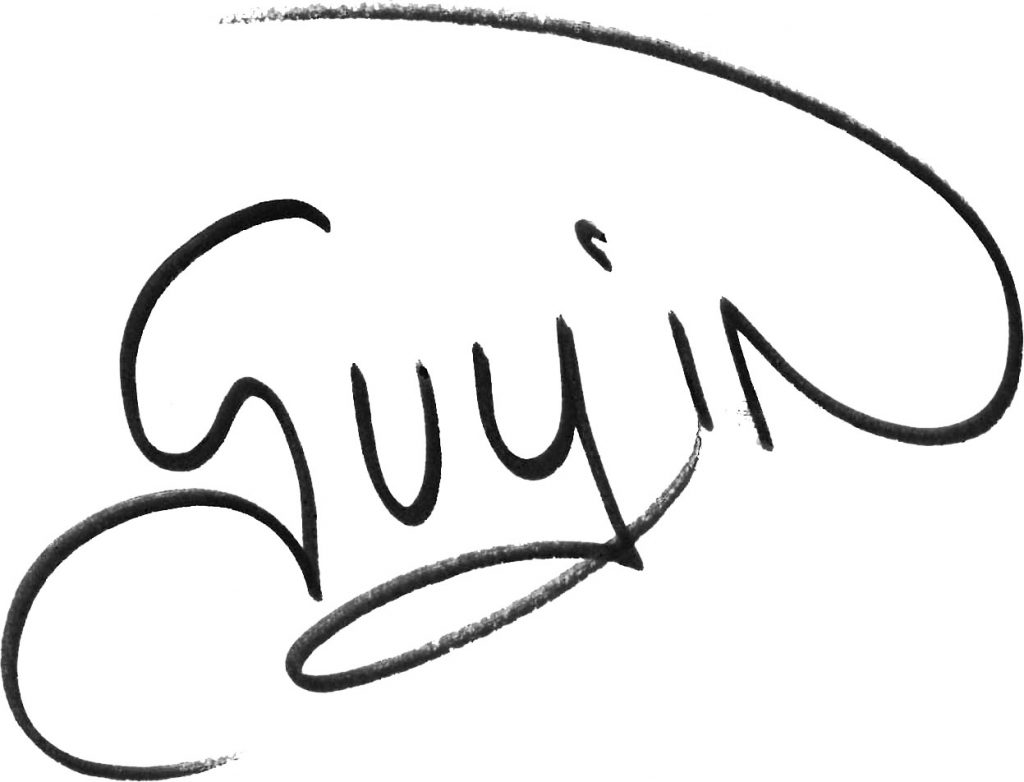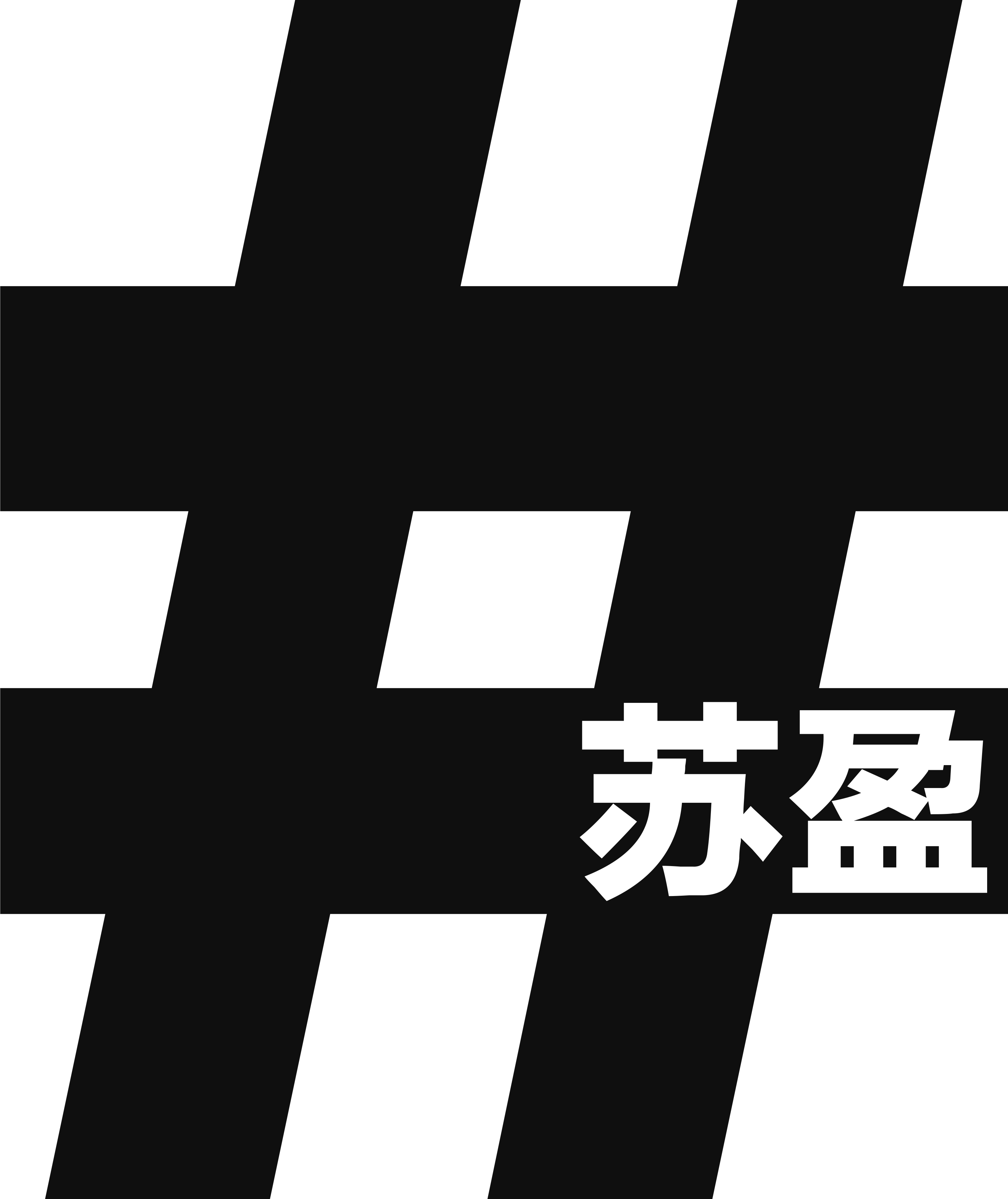It was at a book presentation of my own book that Jan Van Caneghem gave me his freshly printed book: ‘The book that helps you become the epic designer of our tomorrows. I must say I agree with the subtitle: a book that everyone needs to read.
I had so much fun reading the book and learned new insights.
One of the things I agree with is that we all need to be designers, matching of functions and needs is actually what design is about. An interesting insight is the fact that design is not a science, because science is the study of what is natural and of what cannot be changed or what is artificial or applied, and design is the exploring of the unknown and the creation of solutions. The intentional intervention to change something for the better. For that we need to ask 5 times why, because to be innovative we must be able to look behind the symptoms. Sounds easy but you need to be very empathic to be able to do that, daring to ignore your own point of view to understand what is on someone else's mind.
Exactly the technique I apply when I interview someone by the way, empathy…(which doesn’ mean I do not have a point of view)
For that we need to be able to look outside in. I remember being part of a fund that was called Insight out. I think real magic happens when you understand both ideas, the inside out and outside in. Why people need to craft their lives from the inside out, but need to be able to look from the outside in to be able to become designers.
I love this sentence in the book : “ we cannot hide by not looking at the outside, but we can see by looking at the inside “
For that we also need to create a context in which people feel invited to think creatively and take risks, so do not underestimate the importance of creating a safe environment where people know failure is accepted. As Simon Sinek says : dare to bake that first pancake(that almost never succeeds, and when it does it is just luck). Such a pity that some of us avoid the discomfort of genuine creative thinking indeed, you have to accept that very often the outcomes can not be predicted, and what comes out of your creative design will need explanation and you will have to be willing to defend it.
Are you willing to leave everything behind what you feel, think and believe and open yourself to others. Again this made me think of how I approach people in interviews. I step in the discussion with the immersive consciousness of a child, but with the experiences of my own life and my own feelings.
I agree Jan: the older we become the harder we find it to doubt the evidence and question our logic.
But that is what I keep on doing, and it keeps me young and makes me a better leader, because I try to understand the environmental circumstances and how other people respond to them (often very different than I do)
“How do we know what we don’t know we don’t know we need to know?” probably the best quote in the book .
The last thing I would like to share out of this book (you should read) is something I also use in my interviews and panels: I always prepare but with every step we take during the real interview , some questions will become irrelevant and others will occur.



